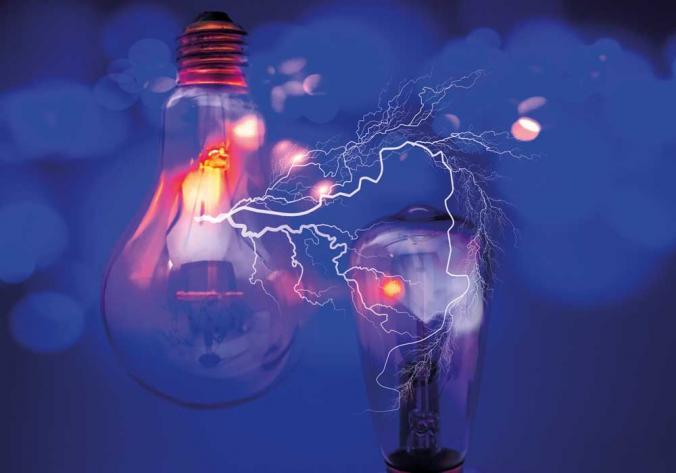Maintenance Activities and Industrial Rescue
Maintenance services everywhere, are called to guarantee the smooth and efficient working of the industrial plants and maintenance management helps in improving the productivity keeping the machines/equipment in their optimum operating conditions.

Maintenance in general is an important and inevitable service function of an efficient production system. In many maintenance activities, the work to be performed is planned in Confined Spaces. Around the World and, obviously also in Europe, we can find a large number of places that have Confined Spaces. There are many industry sectors that carry out work involving Confined Spaces and most industrial facilities have Confined Spaces. Oil and gas refineries, electrical and power utilities, food processing, pulp and paper, airlines, waste processing, chemical industry, water and sewer, agriculture, shipyard, motor, freight transportation, steel manufacture, corrosion removal, tank inspection and repair, and a number of other industries in which work involving Confined Spaces is carried out . Every day, we have a lot of people that enter Confined Spaces to perform their work functions for: construction, routine (or non-routine) maintenance, repair, modification, rehabilitation and inspections. Overall, the first goal must be to check if it is possible to avoid entering a Confined Space. Since this is the best policy, any time is suitable to check if entering is inevitable, or if a Confined Space could be modified so that entry becomes unnecessary and/or work should done from outside. Working in a Confined Space holds many hazards, for example:
limited means of entry and exit
poor oxygen
presence of toxic fumes and vapours
electrical risks
… and many others
that pose serious risks to workers and fatalities could happen unexpectedly.
Fatalities in Confined Spaces
happen in no time, during seemingly innocuous situations: inhaling an atmosphere that contains no oxygen causes loss of consciousness in a matter of seconds. Often the hazard is not present at the time of entry, which reinforces the need for continuous monitoring and supervision of work in Confined Spaces and half or more of all workplace Confined Space fatalities involve workers trying to rescue their colleagues.
If entering a Confined Space is performed, risk assessment results must be used to identify the precautions needed to avoid, or reduce to a minimum, the risk of injury and the Employer has to make sure that the safe system of work, including the precautions identified, is developed and put into practice. Everyone involved will need to be properly trained and instructed to make sure they know what to do and how to do it safely. Furthermore, adequate emergency arrangements must be put in place before the work starts.
Emergency management, whatever its origin, is a particularly important aspect that requires a specific commitment by HSE managers. The Employer must put an emergency response plan in place to ensure the safety and health of Employees during critical emergency operations. To do this, it is necessary to equip the organization with rescue and emergency service that must be speciaised for the specific emergencies predictable depending on the business activities.
The responders must be qualified on site Rescue/Standby teams and to be able to perform:
High angle rescue/above ground activities
Confined Spaces rescue
Trench rescue
Fall protection rescue
Remote locations and difficult work locations rescue
All workers involved as First Responders, must receive specific training through specific courses. In case of fire prevention, training courses must be related to the type of activity and the workplace level of fire risk (low risk, medium risk or high risk). In case of a health origin emergency, it is necessary to highlight the specific limits of the planned intervention by a certified responder that, in the workplace, is normally in line with the concept of proper first-aid services according to the Community Directives. First aid, in fact, is the immediate application of first line treatment following an injury or sudden illness, using facilities and materials available at the time. Outside the EU, we can also find a specific sanitary responder called Industrial Paramedic, that is a clinical practitioner in paramedicine, with an expanded scope of practice, that uses his skills and expertise to provide emergency response, medical assessment, primary health care, chronic disease management, injury prevention, health promotion, medical referral and coordinate emergency medical evacuations as needed for Workers. Normally, Industrial Rescuers are not paramedics and their designation must take into account their capabilities and conditions in relation to their health and safety as well as the dimensions and specific risks of the company or production unit.
That said, it remains to define what is the minimum level of preparation for emergency management (Preparedness) and reaction capacity (Response) required to ensure the effectiveness of the intervention in particular areas, such as Confined Spaces.









